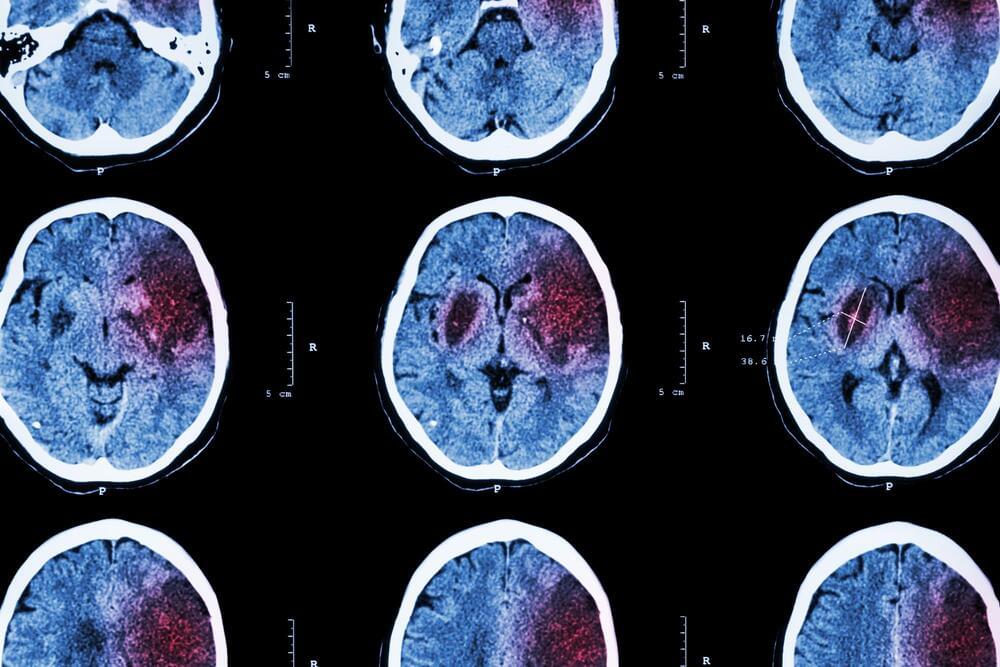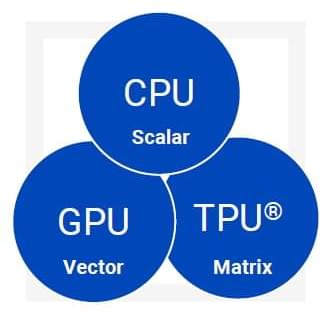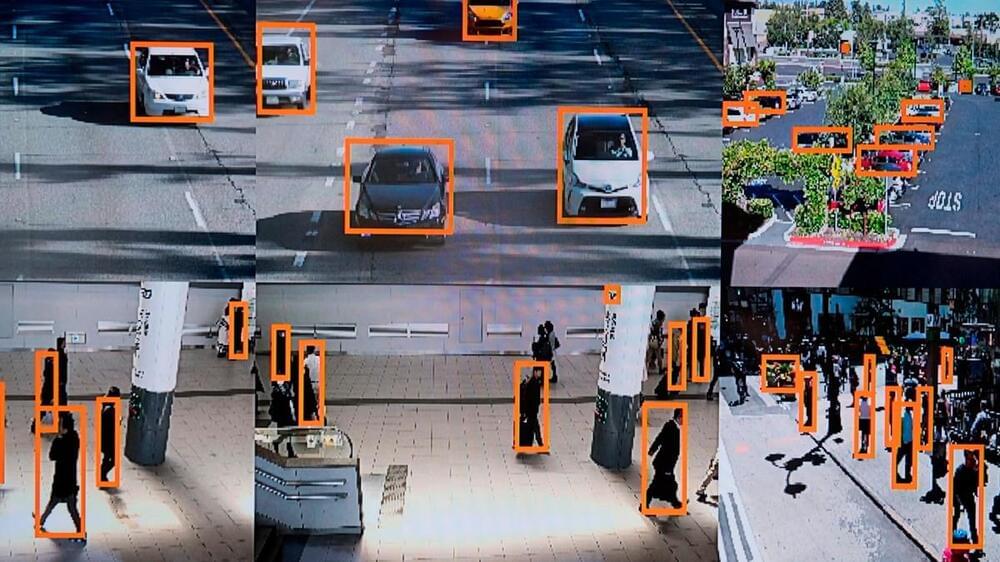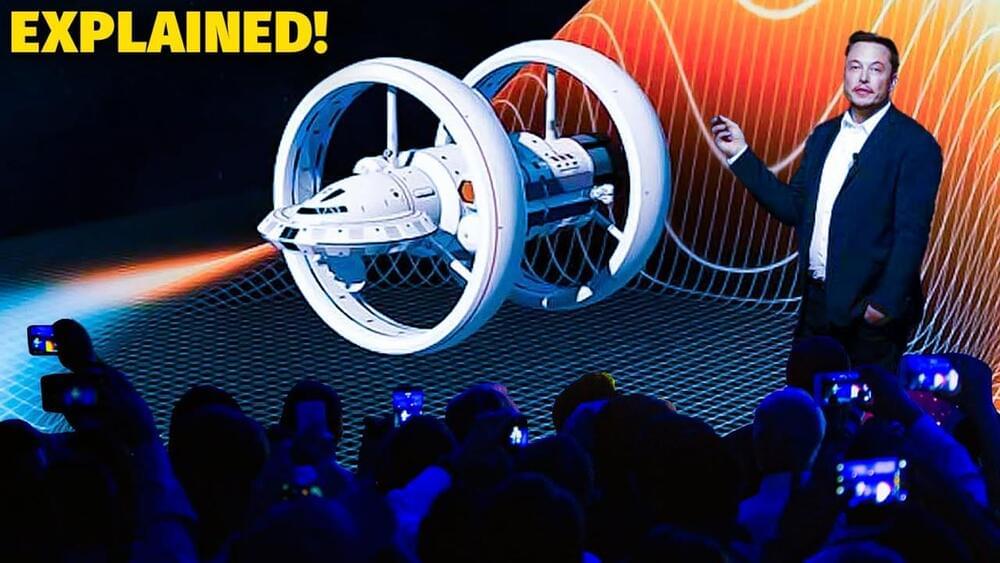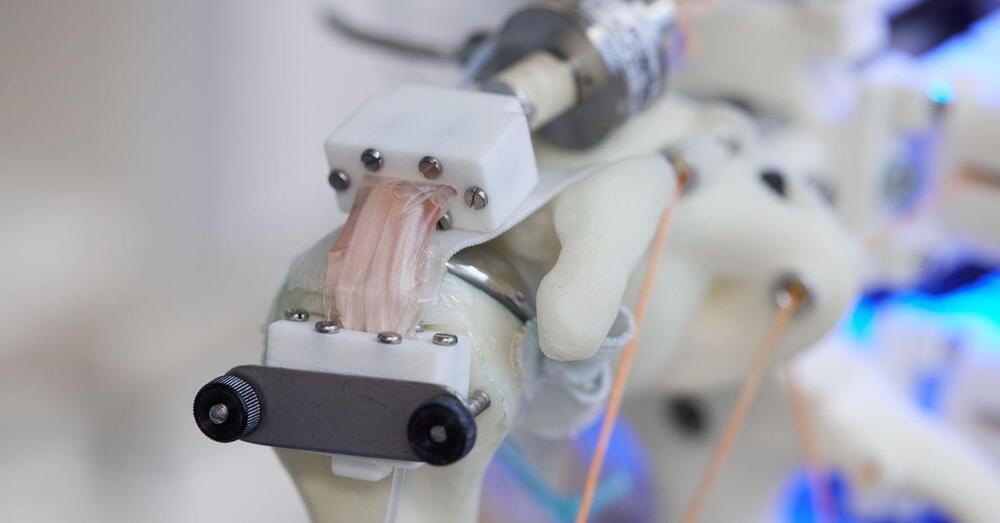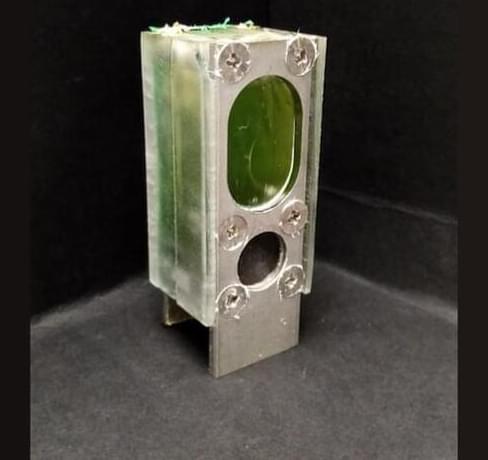May 27, 2022
Existing drug aids stroke recovery
Posted by Kelvin Dafiaghor in categories: biotech/medical, neuroscience
Most treatments for strokes aim to help reduce or repair damage to affected neurons. But a new study in mice has shown that a drug already in use to treat certain neurological disorders could help patients recover from strokes by getting undamaged neurons to pick up the slack.
An ischemic stroke occurs when a blood vessel blockage interrupts blood flow to the brain, causing neurons to die off. Survivors can suffer impaired fine motor control and speech, and other disabilities, for which long-term rehabilitation is often required.
Logically, many treatment options in development focus on minimizing or reversing damage to neurons, using things like stem cells, anti-inflammatory drugs, injectable hydrogels, or molecules that convert neighboring cells into neurons.
